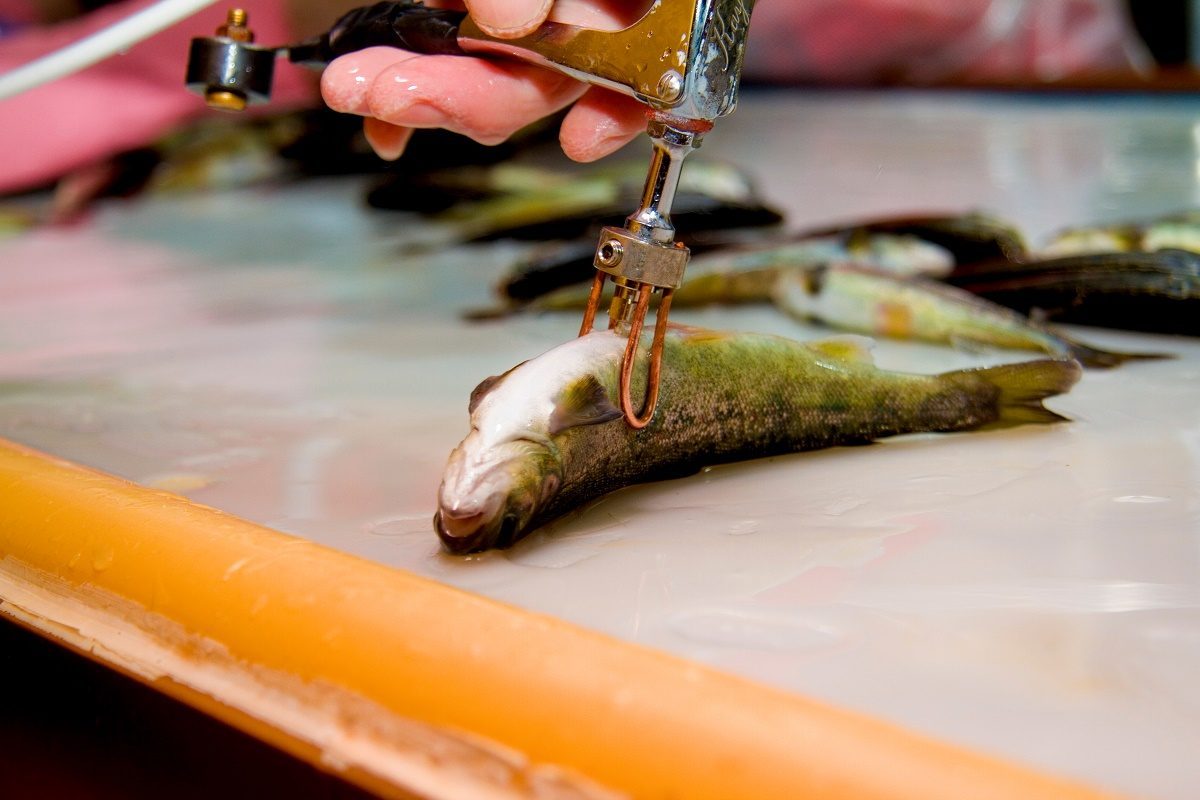Aquaculture refers to farming of aquatic organisms such as fish, crustaceans, molluscs and aquatic plants. It involves cultivating freshwater and saltwater populations under controlled conditions, and can involve enhancements such as artificial stacking and maintenance. With the rapidly growing demand for seafood, aquaculture production has increased tremendously over the past few decades to meet the demand. However, challenges such as outbreaks of infectious diseases threaten the sustainability and growth of the industry.
The Need for Fish Vaccines
Effective Fish Vaccine offer the most environment-friendly and cost-effective tool for the control and prevention of infectious diseases compared to other measures like antibiotics. They help maintain fish health and productivity while reducing mortality and economic losses caused by aquatic diseases. Some key benefits of fish vaccines include:
– Improve Disease Resistance: Vaccines help stimulate fish immune systems to develop protective antibodies against specific pathogens. This improves their ability to fight and resist future infections.
– Prevent Outbreaks and Mortality: By vaccinating fish prior to exposure, outbreaks and mortality due to diseases can be effectively prevented. This helps sustain farms and safeguard livelihoods.
– Reduce Antibiotic Usage: Routine vaccination reduces the need and frequency of antibiotic usage for disease control. This helps curb the growth of antibiotic-resistant bacteria.
– Improve Sustainability: Healthy, disease-resistant fish populations due to vaccination help aquaculture operations remain productive and profitable in the long run, thus improving sustainability.
Major Fish Diseases
Many infectious diseases caused by bacteria, viruses and parasites pose a grave threat to global aquaculture. Some of the most common and economically devastating diseases include:
Viral Nervous Necrosis (VNN): Caused by nervous necrosis virus (NNV), it affects more than 130 fish species including groupers, seabreams and sea bass. Clinical signs include whirling swimming behavior and ultimately leads to high mortality. Outbreaks can cause 30-100% losses.
Viral Hemorrhagic Septicemia (VHS): Caused by VHS virus, it affects over 50 marine and freshwater fish species including rainbow trout, salmonids, and marine fish species. It causes hemorrhages in internal organs and mortality rates of up to 100% in susceptible species.
Epizootic Ulcerative Syndrome (EUS): Caused by Aphanomyces invadans fungus, it affects over 80 wild and cultured freshwater fish species. It is characterized by deep, ulcerative skin lesions that penetrate muscles and bones. It spreads rapidly and causes heavy economic losses.
Infectious Salmon Anemia (ISA): Caused by infectious salmon anemia virus (ISAV), it severely impacts wild and farmed Atlantic salmon populations. Clinical signs include anemia, hemorrhaging, heart lesions. Mortality rates can reach 100% in susceptible salmon populations.
Types of Fish Vaccines
Depending on their composition and mode of action, Fish Vaccine can generally be classified into the following main types:
– Inactivated/Killed Vaccines: These contain whole inactivated or dead pathogen/toxin and provide effective protection against diseases upon administration. Examples include vaccines against vibriosis and infectious pancreatic necrosis.
– Subunit Vaccines: They contain purified or recombinant antigenic components extracted from pathogens like viral proteins, toxins etc. Examples are vaccines against infectious salmon anaemia virus and Edwardsiella ictaluri.
– DNA Vaccines: These stimulate immune response by introducing genetically engineered plasmid DNA that produces viral or bacterial antigens intracellularly. A DNA vaccine against infectious haematopoietic necrosis has been developed.
– Live Attenuated Vaccines: They utilize weakened live pathogens incapable of causing disease but able to induce strong protective immunity. Examples are vaccines for vibriosis and Yersiniosis.
Development and Use of Fish Vaccines
With advancing research and technology, effective vaccines against several fatal fish pathogens have been developed over the past few decades. Some notable developments include:
– Vibrio Vaccines: Inactivated/ subunit vaccines against common Vibrio bacteria like V. anguillarum and V. salmonicida have been successfully used worldwide.
– Rickettsial Vaccines: Inactivated and live vaccines are commercially used against bacterial kidney disease caused by Renibacterium salmoninarum in salmonids.
– Viral Vaccines: Inactivated/subunit vaccines against IPN virus in salmon, infectious pancreatic necrosis, infectious salmon anaemia virus are routinely used.
– Parasitic Vaccines: Vaccines based on antigens isolated from ectoparasites like sea lice show promise against caligidosis in salmon farming.
Widespread adoption and correct administration of vaccines tailored to different fish species, locations and pathogens have vastly improved disease resistance and productivity in aquaculture worldwide. Combined with good husbandry practices, vaccination offers a sustainable strategy for the growing fish farming industry.
Challenges in Fish Vaccine Development
While remarkable advances have occurred, developing safe and efficacious vaccines against some pathogens remains challenging owing to factors like:
– Variability in fish immune system: It differs from mammals, being less specific and more environment-dependent. This complexity hampers consistent vaccine responses.
– Health influences effectiveness: Stresses from transport, diet etc. can decrease vaccine protection in already compromised fish.
– Multiple antigenic variants exist: Pathogens evolve rapidly, restricting vaccine coverage against new variants.
– Knowledge gaps on fish immunity: Complete understanding of fish immunology, mucosal responses is still lacking, slowing vaccine design.
– High costs of R&D and registration: Developing new generation vaccines using advanced biotechnologies require huge investments, field trials to prove benefits.
Addressing such challenges through multidisciplinary efforts in fish genomics, immunology and biotechnology hold the key to developing next-generation versatile and affordable vaccines essential for sustainable aquaculture. Continued research support from governments and industry is crucial to maximizing fish health assurance through vaccination.
*Note:
1. Source: Coherent Market Insights, Public sources, Desk research
2. We have leveraged AI tools to mine information and compile it



